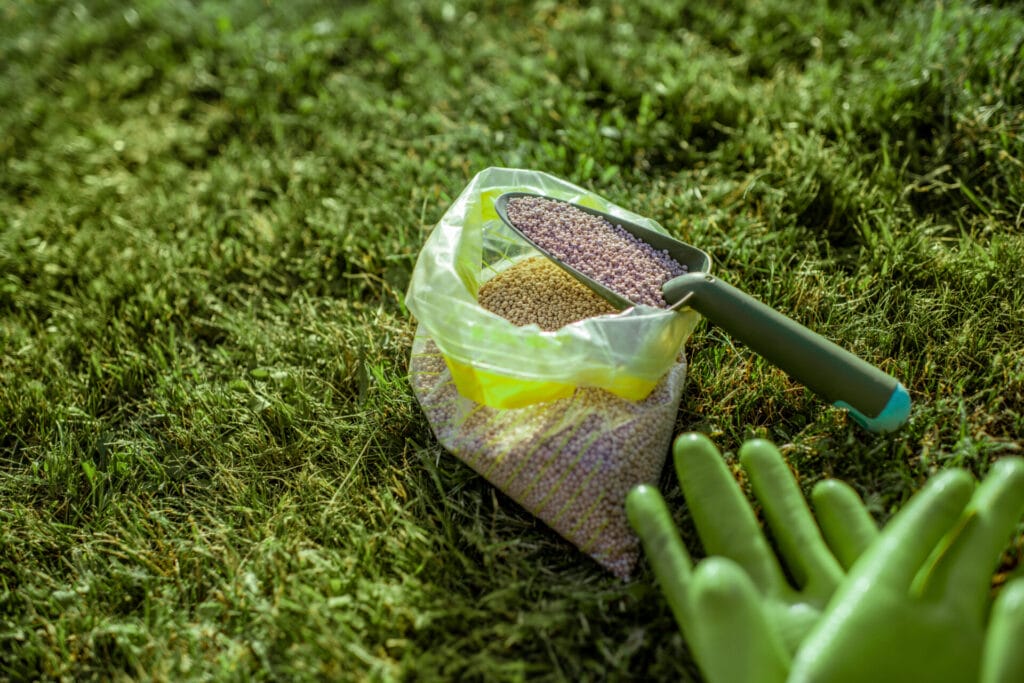Top Mistakes to Avoid When Overseeding Your Lawn
By Innovation Grounds
Maintaining a lush, green lawn is a dream for many homeowners. One of the most effective ways to rejuvenate your grass and fix patchy areas is overseeding your lawn. While the process seems simple, even minor mistakes can lead to disappointing results. To help you succeed, we’ve outlined the top mistakes to avoid when overseeding your lawn and how to do it the right way.
Skipping Soil Preparation
One of the biggest overseeding mistakes is failing to prepare the soil. Grass seed needs good seed-to-soil contact to germinate and thrive. If you simply toss seed over compacted or thatch-covered soil, the chances of successful growth are low.
Tip: Mow your lawn short, dethatch if necessary, and lightly rake the soil to create an ideal environment for the seeds. If your soil is compacted, consider aerating your lawn before overseeding.
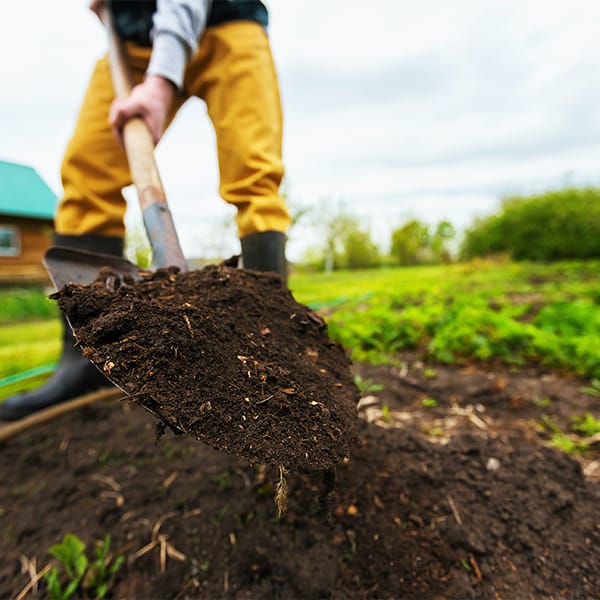
Using the Wrong Grass Seed
Not all grass seed is created equal. Using a variety not suited to your climate or lawn conditions can lead to poor results. This is a common overseeding mistake that leads to inconsistent growth or even dead patches.
Tip: Choose high-quality seed that matches your existing grass type and regional climate. Cool-season grasses like fescue or Kentucky bluegrass are ideal for northern climates, while warm-season varieties like Bermuda or Zoysia suit southern regions.

Overseeding at the Wrong Time
Timing is everything when it comes to overseeding your lawn. Many homeowners overseed during the summer, thinking more sun means better growth—but this can stress new seedlings.
Tip: For cool-season grasses, early fall is the best time to overseed. For warm-season lawns, late spring to early summer works best. This gives new grass the right temperature and moisture conditions to establish roots before extreme weather hits.
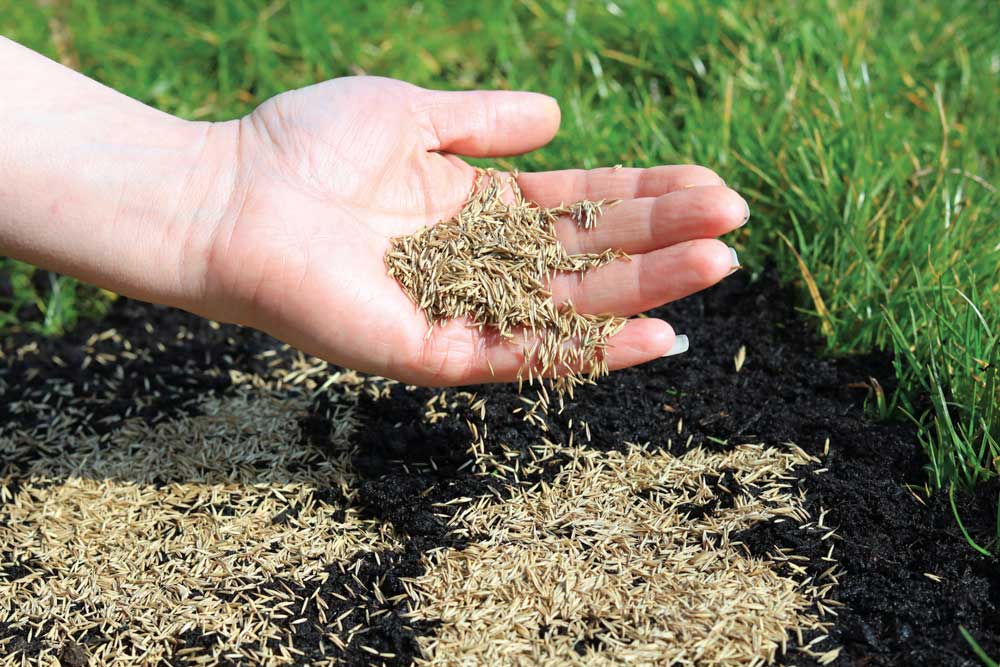
Not Watering Properly After Seeding
Improper watering is one of the most overlooked lawn overseeding mistakes. Too much water can wash seeds away, while too little will dry them out and prevent germination.
Tip: Keep the soil consistently moist—not soggy—for at least 2–3 weeks after overseeding. Water lightly once or twice daily until the seeds germinate, then gradually reduce frequency while increasing depth.

Applying Too Much or Too Little Seed
Using the wrong amount of seed can hurt your lawn’s appearance. Overseeding too densely can lead to overcrowded, weak seedlings. Too little seed may result in sparse, patchy areas.
Tip: Follow the seed manufacturer’s recommended application rate. Use a broadcast spreader for even coverage, and overlap slightly to avoid missing any sections.
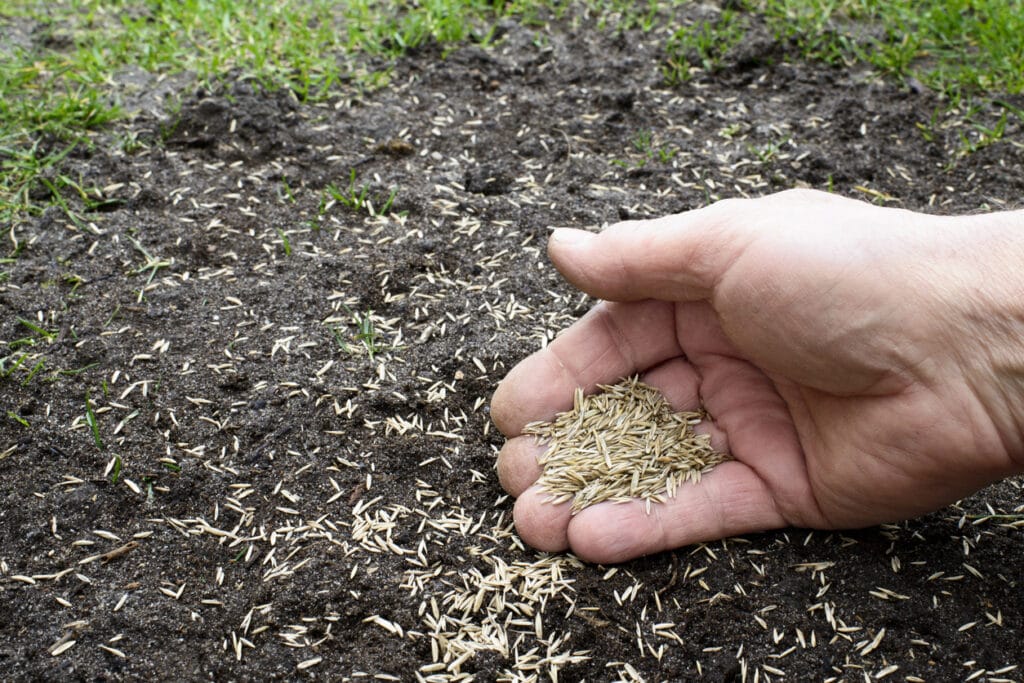
Ignoring Fertilizer and Soil Nutrients
New grass needs nutrients to grow strong. Skipping fertilizer after overseeding can starve seedlings of essential nutrients like nitrogen and phosphorus.
Tip: Use a starter fertilizer designed for new grass. It supports root development and encourages faster, stronger growth. Avoid using weed-and-feed products at this stage, as they may harm seedlings.
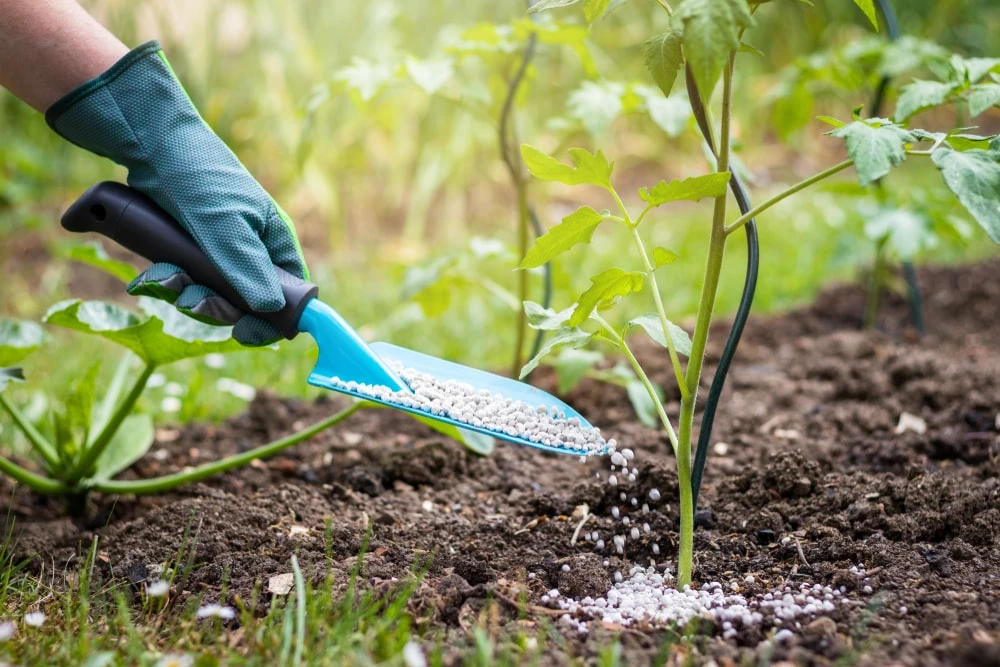
Resuming Regular Lawn Maintenance Too Soon
Another mistake is mowing or applying herbicides too soon after overseeding. These actions can damage or kill tender new grass shoots before they’ve had a chance to take root.
Tip: Wait until the new grass is at least 3 inches tall before mowing, and make sure your mower blade is sharp. Delay any herbicide treatments until the lawn is fully established—typically 6–8 weeks after overseeding.
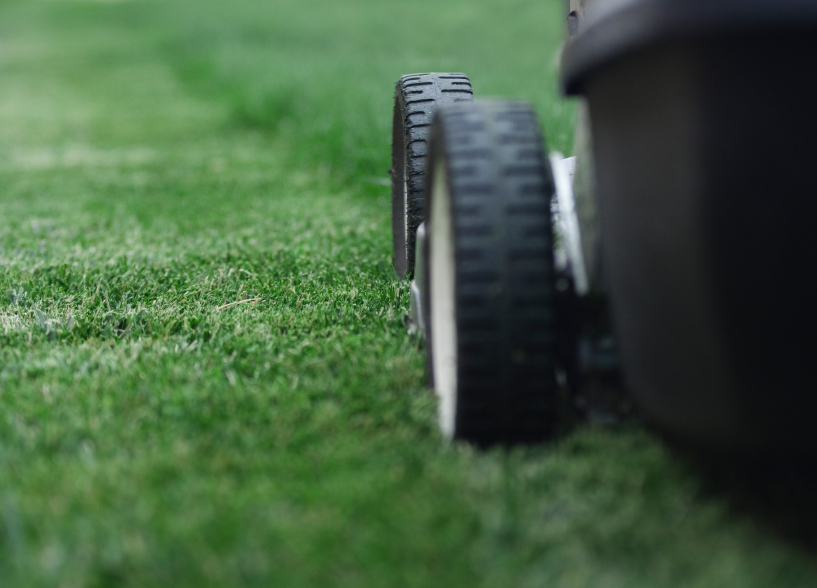
Bonus Tip: Be Patient and Consistent
Overseeding isn’t an instant fix. It takes time, care, and consistency to see results. Don’t get discouraged if you don’t see growth immediately—most grass seeds take 7–21 days to germinate, depending on the type.

Conclusion
Avoiding these common lawn overseeding mistakes can make all the difference in achieving a greener, denser lawn. With the right preparation, timing, and aftercare, you’ll be rewarded with a healthier yard that looks great year-round.
If you’re serious about improving your lawn, now is the time to take action—without making costly errors. Learn from these tips and enjoy the benefits of a professionally overseeded lawn!
